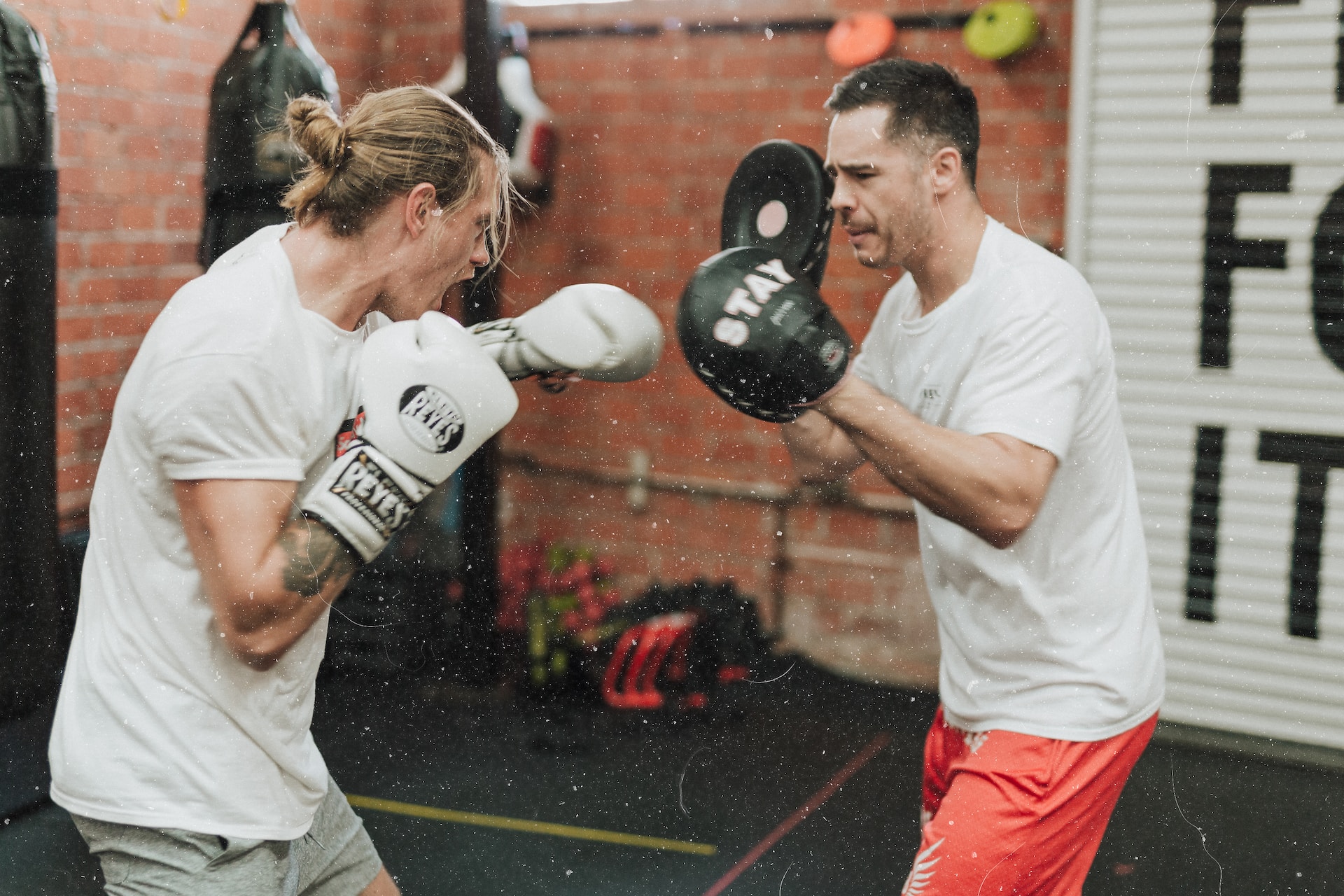Whether you’re a beginner looking to improve your skills or an experienced practitioner aiming to enhance your performance, speed training can provide significant benefits. This article will guide you through various exercises and types of speed training that can be incorporated into your Thai Boxing routine.
What is Speed Training in Thai Boxing?
Speed training in Thai Boxing involves exercises designed to help you reach your maximum speed potential. Some exercises focus on increasing explosive strength, which translates into powerful strikes. Others aim to improve speed endurance, enabling you to maintain high-speed movements for extended periods during a fight. Speed training can involve quick, powerful strikes, fast footwork, or rapid defensive movements.
Benefits of Speed Training in Thai Boxing
Speed training can provide numerous benefits for Thai Boxing practitioners:
- Increased Strike Speed: Faster strikes can be harder for your opponent to block or dodge.
- Improved Footwork: Quick footwork can help you maintain a strategic position in the ring and avoid your opponent’s attacks.
- Enhanced Endurance: Speed training can help you maintain a high level of performance throughout a fight.
- Better Reaction Time: Faster speed can improve your ability to react and respond to your opponent’s movements.
- Stronger Strikes: Speed training can also increase the power of your strikes, as the force of a strike is a product of mass and speed.

Types of Speed Training in Thai Boxing
Speed training in Thai Boxing can be divided into three categories: regular, assisted, and resisted.
- Regular Speed Training: This involves exercises where no external force or resistance is applied. For example, practicing your strikes or footwork as quickly as possible.
- Assisted Speed Training: This type of training uses external forces to help increase speed. For instance, practicing your footwork or strikes with a slight downhill slope can help increase your speed.
- Resisted Speed Training: This involves exercises where some form of resistance is applied to increase strength and endurance. For example, practicing strikes or footwork while wearing a weighted vest.
Thai Boxing Workouts to Build Speed
To improve your speed in Thai Boxing, you need to incorporate speed training into your routine. Here are some exercises you can try:
- Speed Bag Drills: The speed bag is a great tool for improving hand speed and coordination. Try to hit the bag as quickly and accurately as possible.
- Shadow Boxing: Shadow boxing with an emphasis on speed can help improve the quickness of your strikes and footwork. Try to maintain a fast pace throughout the entire round.
- Pad Work: Working with a partner holding pads can be a great way to work on the speed of your strikes. Focus on quick, explosive strikes.
- Footwork Drills: Practice your footwork as quickly as possible. This can involve moving in and out, side to side, or circling an imaginary opponent.
- Resistance Training: Use resistance bands or a weighted vest to add resistance while you practice your strikes and footwork. This can help build strength and power, which can translate into increased speed.
Remember, speed training should be a part of your overall Thai Boxing training routine, which should also include technique training, strength and conditioning, and flexibility exercises. Always ensure you are performing exercises with proper form to avoid injury, and consider working with a coach or trainer who can provide personalized guidance based on your individual needs and goals.





